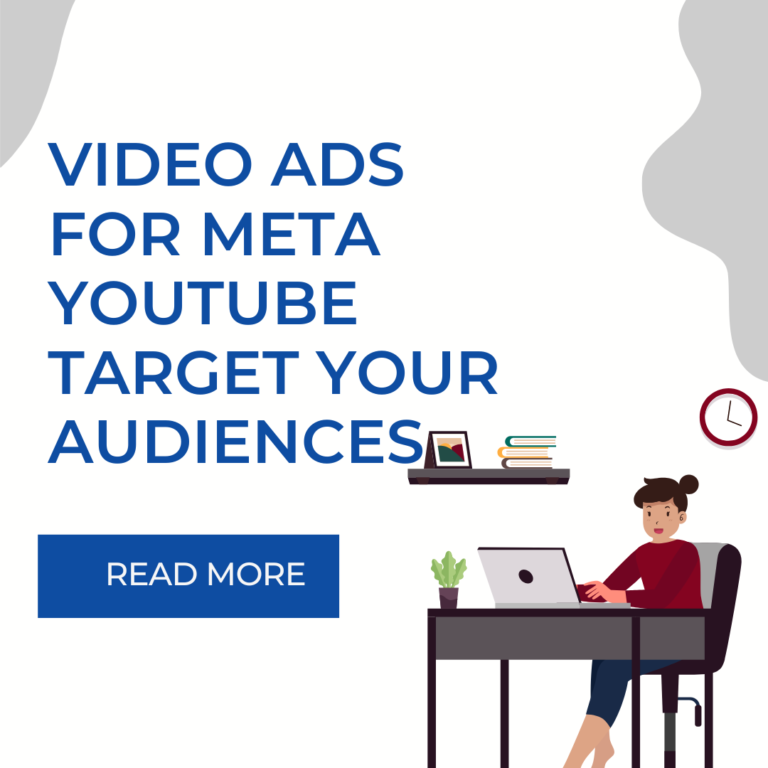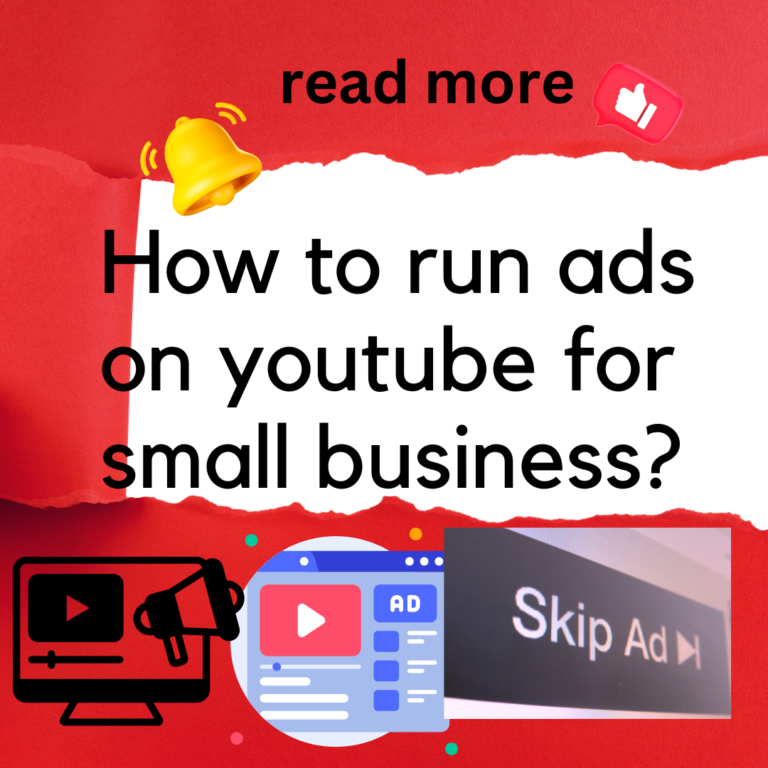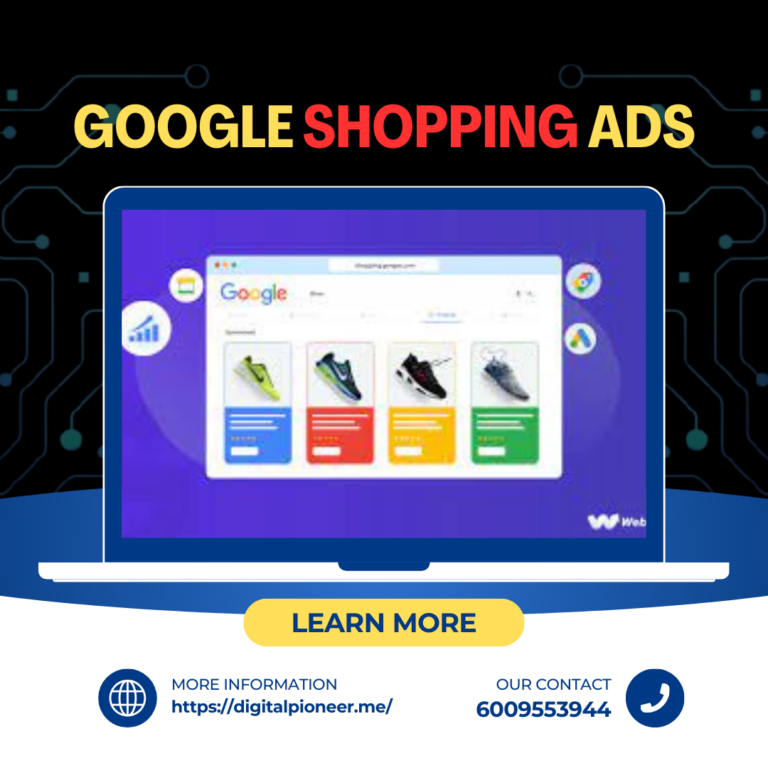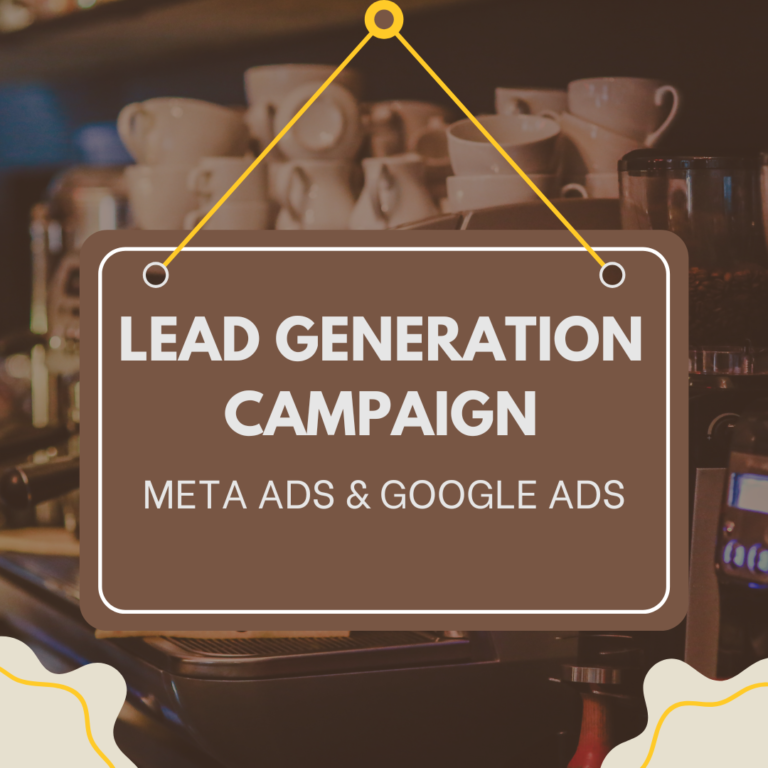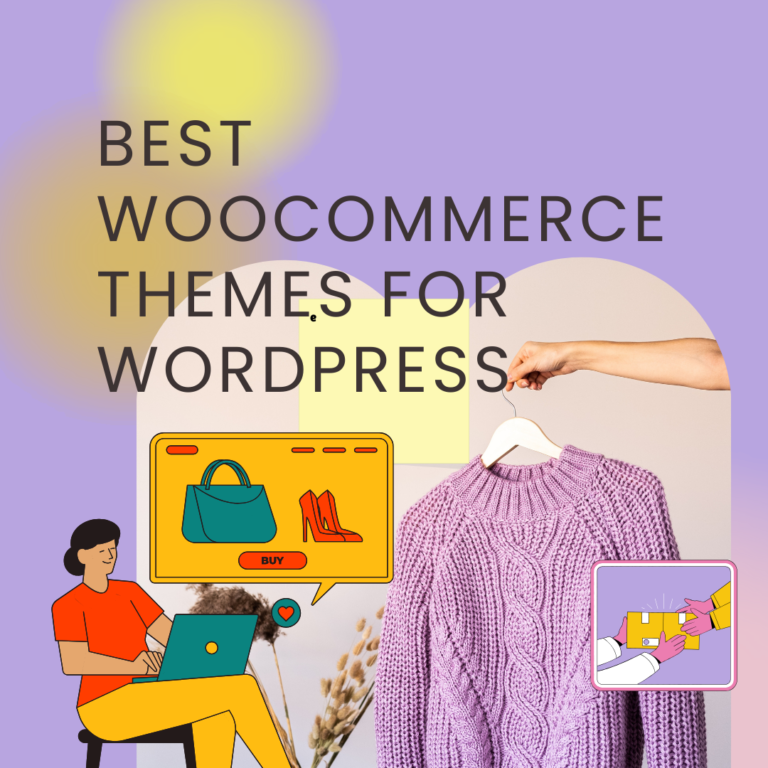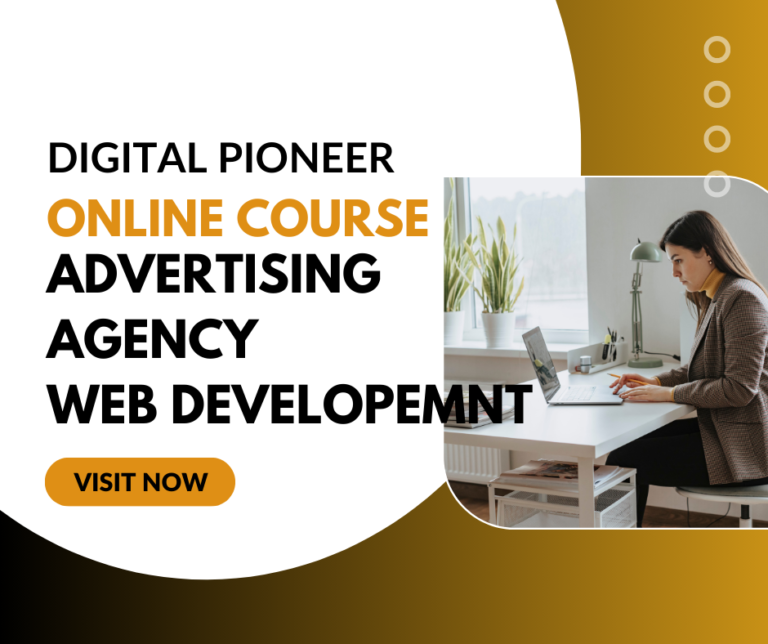Dominate Search Results
Why On-Page SEO Matters?
Top 5 On Page SEO – Did you know that 93% of online experiences begin with a search engine? This shows just how crucial organic traffic is for any website. On-page SEO plays a vital role in making sure your site stands out in search results.
On-page SEO refers to the techniques you can use on your website to improve its visibility. This includes everything from optimizing content to adjusting HTML tags.
In this article, we will explore five essential tips for on-page SEO. These tips will help you improve your site’s ranking, attract more visitors, and ultimately grow your audience.
Keyword Research and Targeting: The Foundation of Success
Understanding Keyword Intent
Understanding the reason behind a person’s search can make all the difference. There are three main types of search intent:
- Informational: Users seek new knowledge, like “How to cook pasta.”
- Transactional: Individuals want to make a purchase, such as “Buy running shoes online.”
- Navigational: Someone aims to reach a specific site, like “Facebook login.”
Knowing this helps you create content that matches what users are looking for.
Keyword Mapping
Mapping keywords to specific pages is crucial for targeting. For instance, a health website might have:
- Page for “healthy recipes” targeting food-related keywords.
- Page for “fitness plans” focusing on exercise keywords.
By organizing keywords, each page becomes focused and relevant to searchers.SEO EXPERT
Long-Tail Keywords
Long-tail keywords are longer, more specific phrases that users often search for. They may have lower search volumes, but they usually convert better. For example, instead of targeting “shoes,” you might focus on “best running shoes for flat feet.” Use tools like Google Keyword Planner to find these valuable keywords.
Title Tag and Meta Description Optimization: Making a First Impression
Crafting Compelling Title Tags
A title tag is the first thing users see in search results. Aim for 50-60 characters, include your main keyword, and make it enticing. For example, “Healthy Pasta Recipes | Quick & Easy Cooking” is a good title, while “Recipes” is too vague.
Writing Engaging Meta Descriptions
Meta descriptions help boost click-through rates (CTR). Statistics show that a well-written meta description can increase CTR by up to 5.8%. Make your description clear and compelling, summarizing the content while adding a call-to-action. For example, “Discover easy and delicious pasta recipes that anyone can make!”
Using Schema Markup
Schema markup helps search engines better understand your content. It can improve your site’s appearance in search results, making it stand out. Websites using schema often see higher CTR due to rich snippets.
Content Optimization: Creating High-Quality, Engaging Content
Content Pillars and Clusters
Creating content pillars and clusters helps organize your information. A pillar page covers a broad topic, while cluster pages explore related subtopics. For instance, a fitness pillar could link to articles on meal plans, workout routines, and weight loss tips. This structure improves user experience and SEO.
E-A-T (Expertise, Authoritativeness, Trustworthiness)
Google emphasizes E-A-T in its search algorithm. Content should be knowledgeable and reliable. According to Google’s Search Quality Rater Guidelines, “High-quality content is created by people who are experts or have a lot of experience.”
Content Length and Readability
Research indicates that longer content typically ranks better, with optimal lengths around 1,500 to 2,500 words. However, make sure it is easy to read, using clear language and simple sentences. Readability tools can help ensure you’re hitting the mark.
Header Tags (H1-H6): Structuring Content for SEO and User Experience
Using Header Tags Effectively
Headers help structure your content clearly. Use H1 for the main title, H2 for section titles, and H3 for subsections. For example:
- H1: Healthy Pasta Recipes
- H2: Cooking Techniques
- H3: Boiling Pasta
- H2: Cooking Techniques
Keyword Placement in Headers
Strategically place keywords in header tags to improve SEO. For instance, if your target keyword is “healthy pasta recipes,” use it in your H1 and H2 tags.
Improving Readability with Headers
Headers break up large blocks of text, making your content easier to skim. They also guide search engines to understand your main topics, which can improve your rankings.
Internal and External Linking: Building a Strong Website Architecture
Internal Linking
Internal links enhance site structure and help with user navigation. For example, if you write a blog post on “Healthy Eating,” link to other relevant articles like “Best Fruits for Smoothies.” This keeps visitors on your site longer.
External Linking
Linking to high-quality external sites boosts your credibility. Choose reputable sources to back up your claims, strengthening your information’s reliability.

Anchor Text Optimization
Using descriptive anchor text improves both user experience and SEO. Instead of “click here,” use “read more about healthy eating.” This gives context and aids search engines in understanding your content. Top 5 On Page SEO
Conclusion: Implementing On-Page SEO for Long-Term Success BUSINESS
In summary, focus on these five essential on-page SEO tips:
- Conduct thorough keyword research.
- Optimize title tags and meta descriptions.
- Create high-quality, engaging content.
- Use header tags for structure.
- Implement effective internal and external linking.
- SEO FOR BIGINNER COURSE
Consistent effort and regular monitoring are key to seeing results. Start applying these strategies today and watch your website grow. Take action now and track your progress to ensure long-term success!
